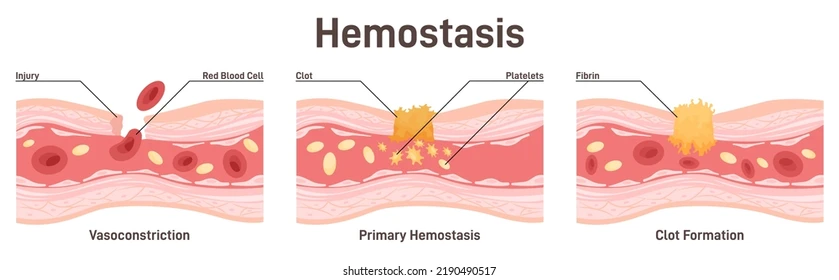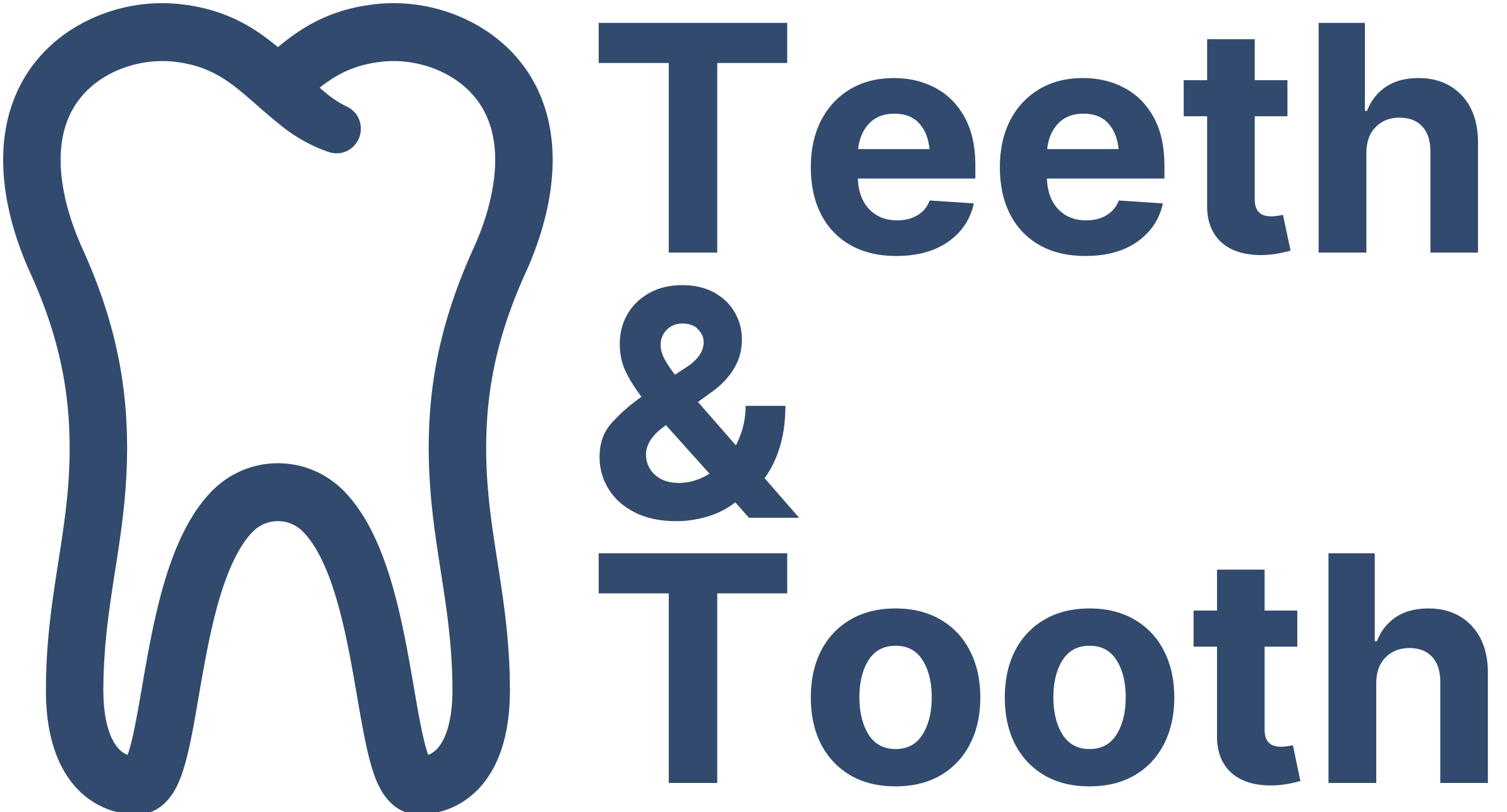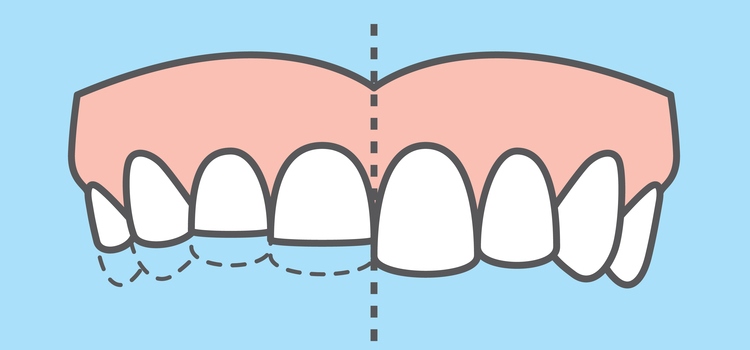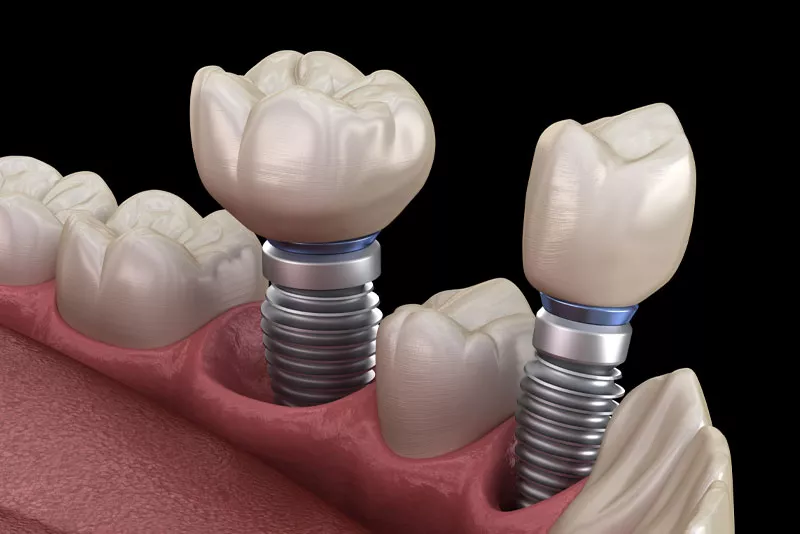
The removal of the third molars, also known as the wisdom teeth, is a common dental procedure that many people undergo during their teenage years or adulthood. Due to the lack of space in the mouth, the wisdom teeth, which is the last set of teeth to grow, often does not fully emerge from the gum line. When this happens, the teeth becomes impacted. This can lead to a range of dental issues including pain, swelling, infection, and damage to the surrounding teeth and bone. As such, many choose to remove their wisdom teeth to eliminate the pain or to prevent the teeth from becoming impacted.
After the wisdom teeth removal surgery, patients are typically advised to follow certain guidelines and restrictions during the recovery period to speed up healing. One of the questions often asked by patients after the surgery is when it is safe to use a straw. While it may seem like a small concern, the use of a straw can have a significant impact on the recovery, and it is essential to follow the advice of your dentist or oral surgeon to avoid complications.
The general guideline is that you can use a straw 24 hours after your wisdom teeth removal surgery. In fact, some dentists and oral surgeon suggest patients to not use a straw for the first 72 hours. This is to give time for the blood clot in the socket where the wisdom teeth has previously located to fully form.
In the rest of this article, we will explore the reasons why the use of a straw after wisdom teeth removal can be problematic, and when it is safe to resume using them.
No Straws for 24 Hours
During the first 24 hours after your wisdom teeth removal surgery, the surgical site is still fresh and the wound has yet to heal. More importantly, the blood clot formed at the socket where the wisdom teeth was has yet to fully developed.
When a straw is used, it creates a low-pressure area in the mouth which causes suction. This greatly increases the risk of the blood clot from being loosen and dislodged by the suction force. If the blood clot is displaced from the socket, it results in a painful complication called “dry socket”
You may be interested in: Can I Drink Water Before Wisdom Teeth Removal Surgery?
Also called alveolar osteitis, dry socket happens when the blood lot becomes dislodged or dissolves before the wound has a chance to heal properly. This exposes the underlying bone and nerves, causing a host of dental issues including severe pain, bad breath, and an unpleasant taste in the mouth. While only 5% to 10% of patients who had their wisdom teeth removal surgery suffer from dry socket, the cases are primarily due to a lack of adherence to the doctor’s advice.
Similarly, you should not spit, rinse their mouth, or smoke for the first 24 hours as these three activities also increase the risk of the blood clot from being dislodged from the socket.

By avoiding the use of a straw for the first 24 hours after the surgery, sufficient time is given for the blood clot to fully form and lodge itself into the socket. This process is known as hemostasis and is a natural mechanism to stop the blood from flowing continuously from a wound. When hemostasis happens, the blood coagulates and changes from a liquid into a gel-like substance. This seals up the hole of a wound and allows the tissue to repair itself in an ‘enclosed’ environment. It also helps to protect the underlying bone and nerve endings from exposure and infection.
That said, 24 hours is a general rule of thumb and should not be taken as the norm. Everyone recovers at a different pace, and you may heal slower than the rest. Thus, you should only start drinking through a straw when the surgical site have healed, and that you are comfortable with using a straw
Alternatives to Straw
As mentioned, using a straw after wisdom teeth removal can be risky as the pressure may dislodge the blood clot that forms at the extraction site and delay the healing process. Here are some alternatives to using a straw:
- Sip slowly: Drink liquids slowly and directly from a cup or glass, rather than using a straw. This eliminates the risk of dislodging the blood clot.
- Use a spoon: Use a spoon in place of a straw when having liquid. This may be helpful for thicker liquids like smoothies or milkshakes.
- Eat soft foods: Stick to soft foods that do not require much chewing, such as yogurt, pudding, or ice cream. This moisturizes your mouth and hydrates your body without any unnecessary pressure on the extraction site.
Takeaway
In conclusion, while using a straw may seem like a small issue, it can have a significant impact on the healing process after wisdom teeth removal. The suction created by using a straw can dislodge the blood clot that forms in the socket, which can lead to a painful condition called dry socket. To avoid this, it is generally recommended to avoid using straws for the first few days after surgery and to follow the post-operative instructions provided by your dentist or oral surgeon. It is important to allow the blood clot to form and remain in place to promote proper healing and prevent unnecessary complications.
If you have any questions or concerns about the use of a straw or any other aspect of your recovery after the wisdom teeth removal surgery, be sure to consult your dentist or oral surgeon. By adhering to the advice from a professional and taking the necessary steps to avoid complications., you can ensure a smooth and comfortable recovery and get back to your normal routine as quickly as possible.






